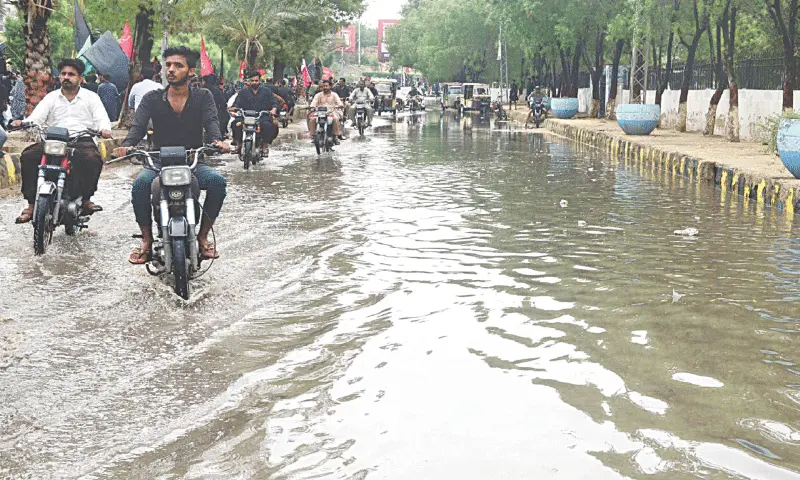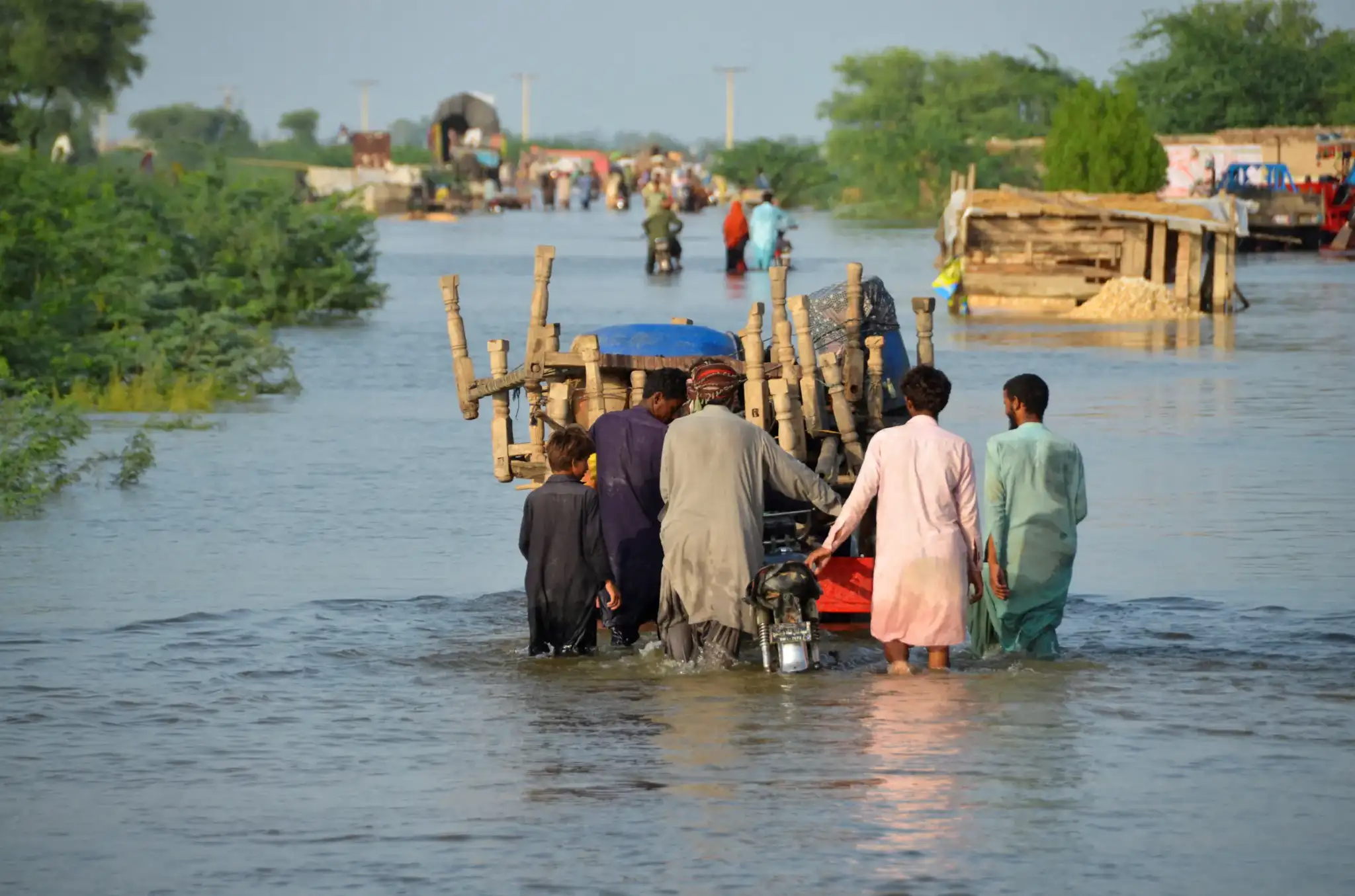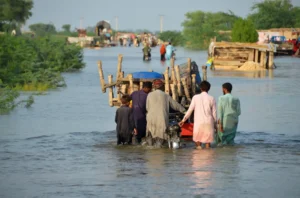![]()
Hyderabad witnessed one of its heaviest downpours in recent years, as the Pakistan Meteorological Department (PMD) confirmed 280 millimeters of rain in just 24 hours. The most intense rainfall hit Latifabad, where streets quickly transformed into flowing streams, leaving residents stranded and mobility nearly impossible.
Other key areas including City Taluka, Qasimabad, and Rural Taluka also experienced severe showers, leading to widespread flooding, infrastructure damage, and major disruption in daily life. Many shops, markets, and offices were either shut down or operated on a limited scale as people struggled with waterlogging.
Meanwhile, Karachi faced a similar ordeal. Torrential rains submerged major roads like M.A. Jinnah Road and Nagan Chowrangi, causing massive traffic jams. Many commuters were stuck for hours, while vehicles broke down in the floodwater, worsening the urban chaos.
Authorities soon declared an emergency in low-lying neighborhoods, particularly Lassi Goth, where houses were inundated. Families were forced to evacuate as water entered homes, destroying property and raising serious health risks.
Despite efforts by rescue teams and the local administration to pump out water and restore traffic flow, the sheer volume of rainfall made recovery operations extremely difficult. Experts have warned that if such heavy rains persist, the crisis may intensify, further affecting residents.
This record-breaking rainfall has once again raised pressing concerns over urban planning and the lack of an efficient drainage system. Experts emphasize the urgent need for long-term solutions to prevent recurring urban flooding and safeguard citizens against future disasters.














